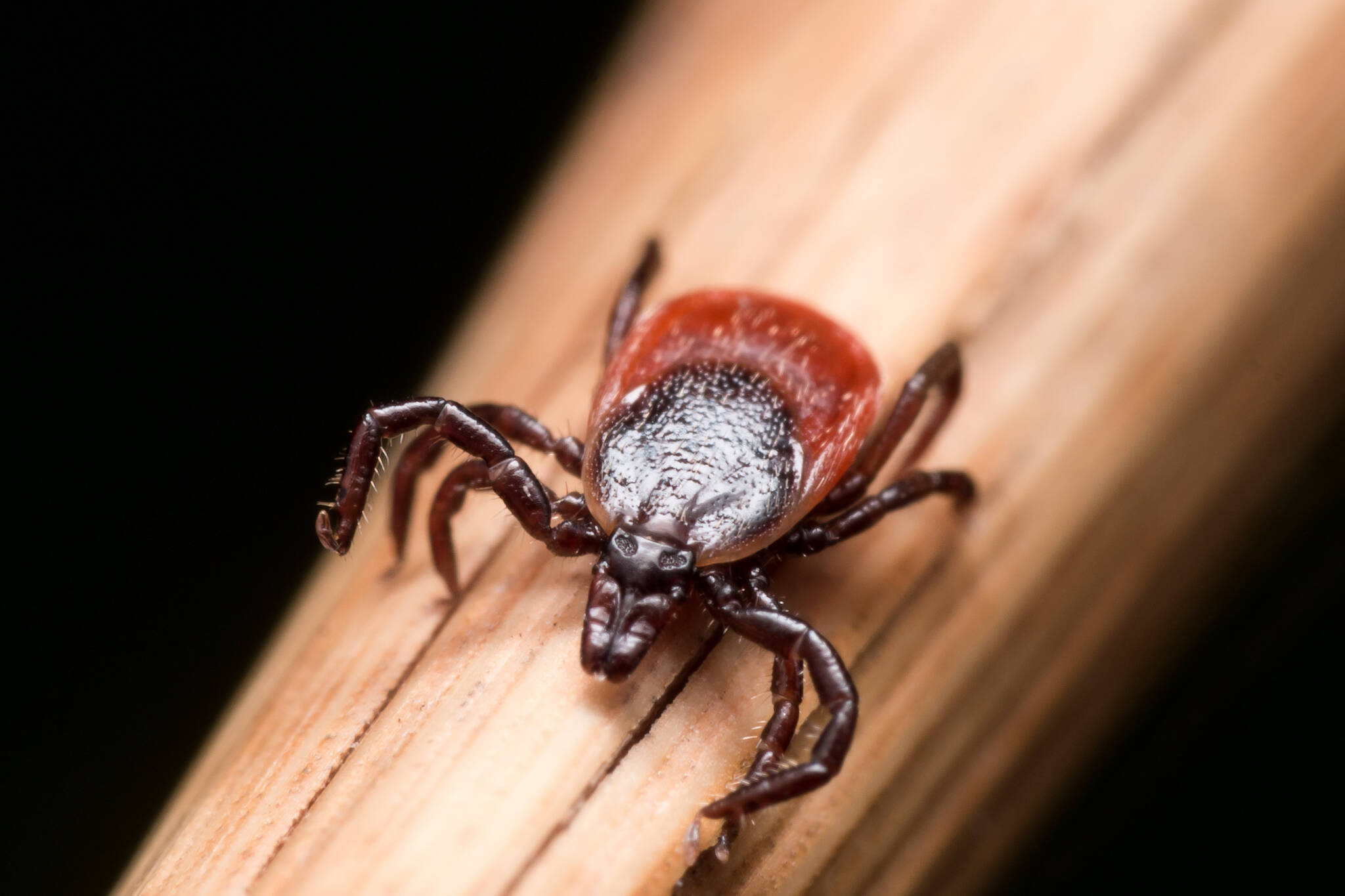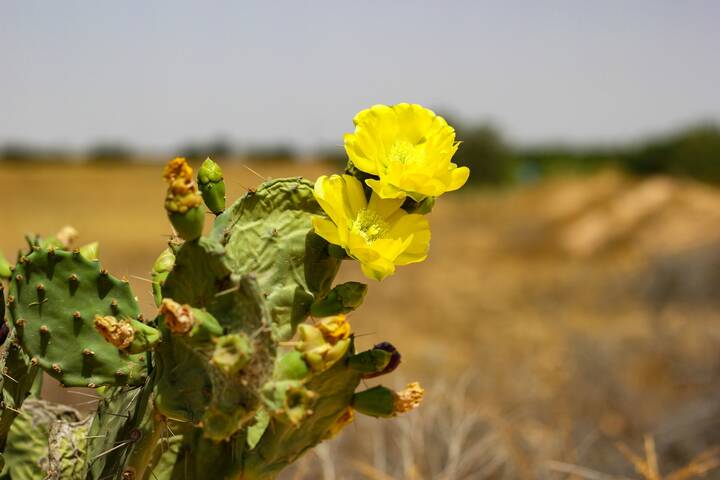
Tick season has arrived early in Ontario thanks to unseasonable warmth
While unseasonably warm temperatures in Toronto throughout the winter season have meant more time outdoors with your furry friends, the temperature shift has posed one notable drawback.
Cold-sensitive ticks are primarily active in the spring and summer, but with the record-breaking warmth we've seen across the province this year, sightings of the blood-sucking parasites have already been reported.
Although many hikers and pet parents take special precautions throughout the summer, many ticks can actually survive the winter, hiding under snow, leaf litter, and brush to endure the cold.
According to Public Health Ontario, there are a number of different tick species throughout the province, but xodes scapularis, also known as the blacklegged tick, is one of significant concern.
As we transition into spring and start spending more time outside with our furry friends, it is important to keep in mind the possibility and risks associated with encountering fleas and ticks during your outdoor adventures! Learn more on our blog: https://t.co/E5R5quQPKi pic.twitter.com/6R2o8XBmWZ
— The Ontario SPCA and Humane Society (@OntarioSPCA) March 4, 2024
Blacklegged ticks — which can be active any time temperatures are 4 degrees C and above — can carry the bacterium Borrelia burgdorferi, which if transmitted to humans via a tick bite, may cause Lyme disease.
"Tick season never ended. I give my dog the medication all year round now," one person wrote under a post warning others about the return of the parasites in the Ontario Hiking Facebook group.
"Ticks have been out for quite some time now unfortunately. They're active in 4 C," another person chimed in."They never went anywhere. I've been seeing them all winter," one comment reads.
The presence of ticks ahead of schedule is especially concerning from a public health perspective. In 2020, Public Health Ontario reported 5.7 confirmed cases of Lyme disease per 100,000 people in the province, as cases continue to rise.
According to the agency, approximately 70 per cent of cases are reported in June, July, and August, with the peak in cases coinciding with greater participation in outdoor activities and increased presence of tickets in the nymph stage of their lifecycle, "when they are about the size of a poppy seed and very difficult to see."
Went for a trail walk last Saturday, and upon returning home, had to pull 14 deer ticks off our dog. This is one of the faces of climate change in Ontario - ticks in early February. Our neighbour's golden retriever has Lyme disease and can't even walk some days. He's 2YO.
— Kari Raymer Bishop (@KRaymerBishop) February 16, 2024
Initial symptoms of Lyme disease may include a ring-like rash that expands outward from the tick bite, along with fever, headache, muscle and joint pain, and fatigue.
Every year, public health units across the province and Public Health Ontario create a Lyme Disease Estimated Risk Area Map to highlight the regions in which the risk of Lyme disease is higher due to blacklegged tick populations.
Luckily, there are several ways to prevent a tick bite from happening, including wearing light-coloured clothing, closed-toed shoes, long-sleeved shirts, and long pants tucked into your socks, as well as using an insect repellent or bug spray that says "DEET" or "icaridin" on it.
The province also recommends checking for ticks on yourself after being outdoors, looking behind the knees, on your head, in your belly button, in your underarm area, and the back of your body.
Steven Ellingson/Shutterstock
Latest Videos
Latest Videos
Join the conversation Load comments







